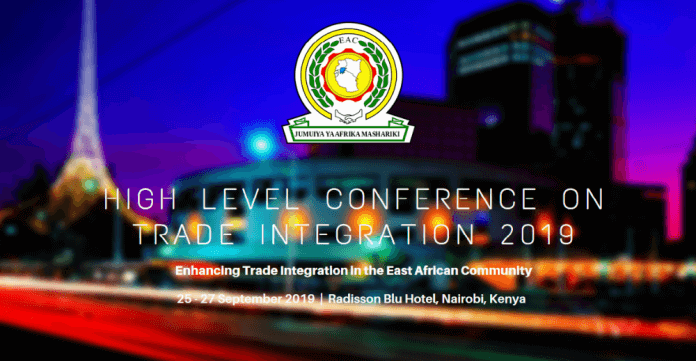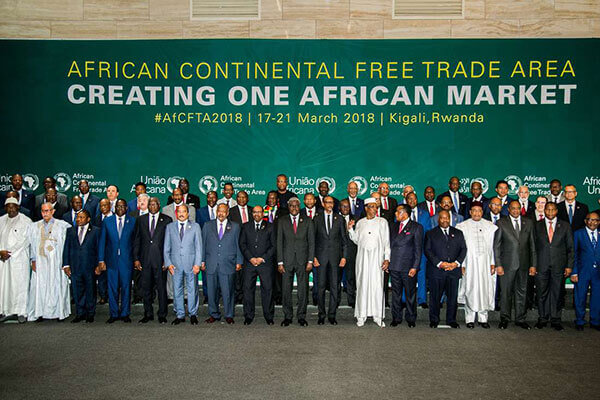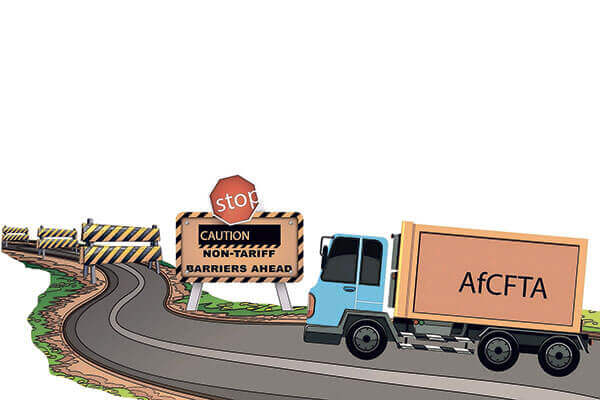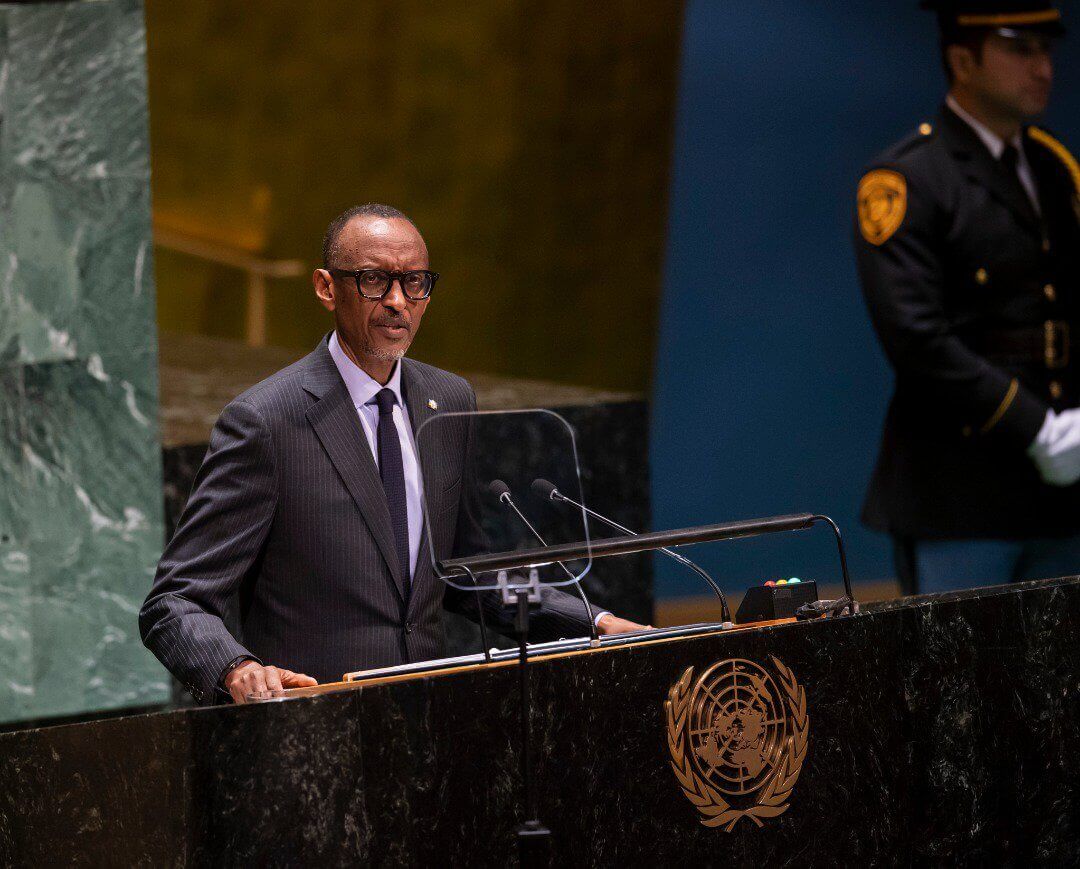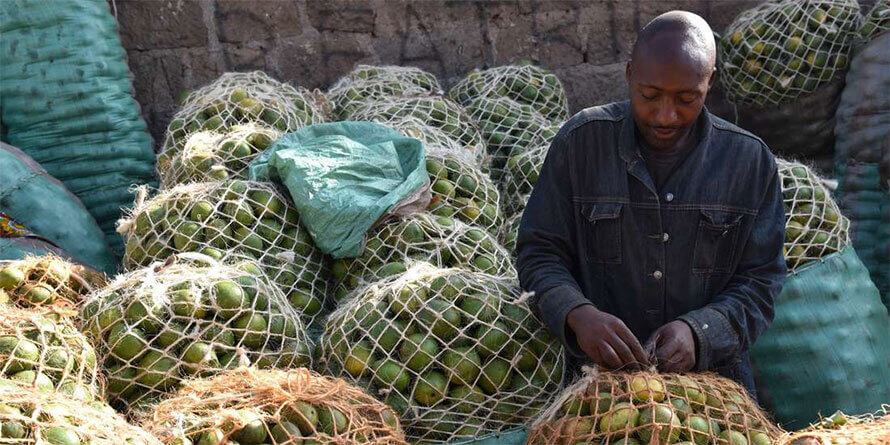A report of the recently concluded high-level conference on trade integration notes that there is a downward trend on the profile of the East African Community (EAC) as an attractive investment destination. The report calls for the EAC Partner States to market EAC jointly, further consolidate free trade by eliminating individual State exemption lists, liberalize and allow free movement of trade and services, eradicate non-tariff barriers (NTBs), fully harmonize the Common External Tariff (CET) and domestic taxes and make business immune from politics. To enhance competitiveness, the reports say EAC needs to reduce the cost of production, and stop relying on duty exemption arrangements like AGOA. Cost of production can be lowered by managing labour, energy, logistics and cost of inputs, like raw material. “Partner states should play complementary roles in ensuring that the region does not continue being the market of finished goods from other regions, but also a producer of goods for export,” it says. However, delegates at the conference noted that there has been remarkable progress made on the EAC regional integration pillars namely the Customs Union, the Common Market, the Monetary Union and the Political Federation. Among them, the Customs Union is regarded as most successful notably with the implementation of common legal instruments and trade facilitation programmes across the region including the Single Customs Territory, One Stop Border Posts, Authorized Economic Operator Programme and the Customs Business systems interconnectivity. The conference that was held in Nairobi, Kenya from September 25-27, 2019 was held to commemorate...
Report calls for joint marketing of EAC as investment destination and eradication of NTBs
Posted on: October 3, 2019
Posted on: October 3, 2019

